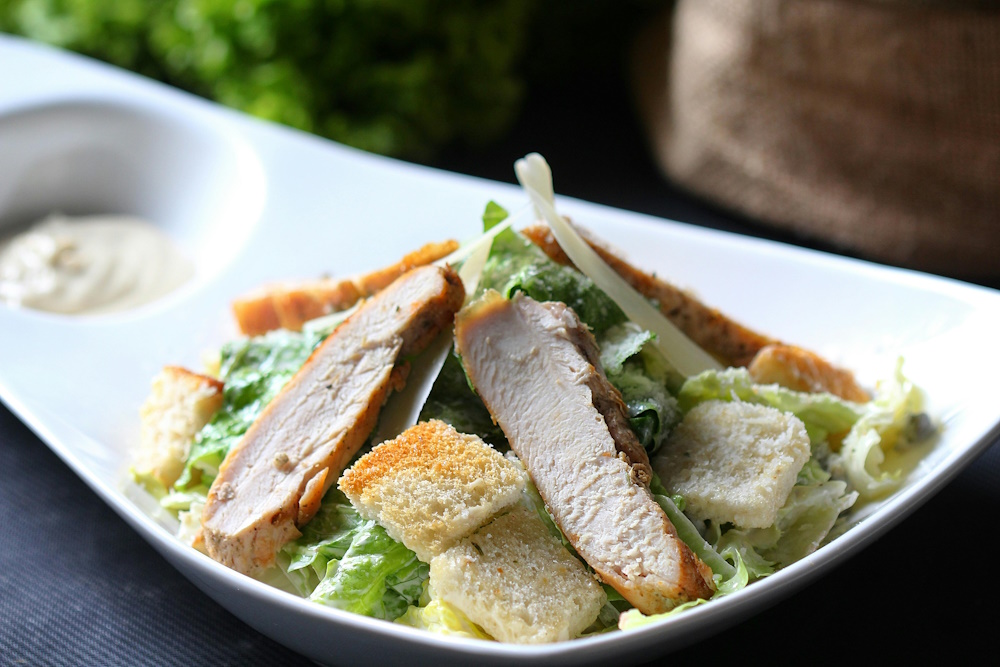Nutrition plays a crucial role in maximizing the benefits of Pilates and supporting overall health and well-being. Proper nutrition can provide the energy and nutrients needed for a successful Pilates session, aid in muscle recovery, and help achieve fitness goals. In this guide, we’ll explore the relationship between Pilates and nutrition, answering questions about what to eat during Pilates, the importance of protein post-Pilates, the role of Pilates in improving overall health, and the impact of Pilates on burning fat and carbohydrates.
What Should I Eat During Pilates?
Eating during a Pilates session is generally not recommended, as the practice involves controlled movements and deep breathing that can be disrupted by a full stomach. However, it’s essential to have a balanced meal or snack before your Pilates session to ensure you have enough energy and nutrients to perform at your best.
Pre-Pilates Meal/Snack: Ideally, your pre-Pilates meal or snack should be consumed about 1-2 hours before your session. It should include a combination of complex carbohydrates, lean protein, and healthy fats. Here are some examples:
· A whole-grain toast with almond butter and banana
· Greek yogurt with berries and a sprinkle of nuts
· Quinoa salad with vegetables and grilled chicken
Hydration is also crucial. Make sure to drink water before your Pilates session to stay well-hydrated, but avoid consuming too much water immediately before your practice to prevent discomfort during exercises.
Do I Need Protein After Pilates?
Yes, protein is essential after a Pilates session, just as it is after any form of exercise. Protein plays a vital role in muscle repair and recovery. When you engage in Pilates, you may challenge and strengthen your muscles, and consuming protein post-session can help them repair and grow.
Post-Pilates Protein Sources: After your Pilates session, aim to consume a protein source within an hour to maximize the benefits. Here are some protein-rich options:
· Lean meats such as chicken or turkey
· Plant-based proteins like tofu or tempeh
· Dairy or dairy alternatives like Greek yogurt or almond milk
· Legumes, such as beans or lentils
· Protein shakes or smoothies with a protein powder of your choice
Including a source of carbohydrates in your post-Pilates meal can also help replenish glycogen stores and provide energy for your body’s recovery process.
Does Pilates Make You Healthy?
Pilates offers a wide range of physical and mental health benefits. It can contribute to overall health in several ways:
1. Muscle Strength: Pilates helps build core strength, as well as strength in other muscle groups. This enhanced muscle tone can improve posture and reduce the risk of injury.
2. Flexibility: Pilates exercises involve stretching and lengthening the muscles, promoting flexibility and joint mobility.
3. Balance and Coordination: The controlled movements in Pilates improve balance and coordination, essential for daily activities and reducing the risk of falls.
4. Mental Well-Being: Pilates encourages mindfulness and deep breathing, which can reduce stress and promote relaxation.
5. Posture: Improved posture is not only aesthetically pleasing but also beneficial for spinal health and comfort.
6. Pain Management: Pilates can help manage and alleviate pain, particularly in the back and neck.
7. Weight Management: While Pilates may not burn calories at the same rate as high-intensity workouts, it can support weight management and a healthy body composition.
8. Cognitive Benefits: Pilates engages the mind-body connection, potentially improving cognitive function and mental clarity.
Does Pilates Burn Fat or Carbs?
Pilates primarily burns carbohydrates during a session, as it is considered a low to moderate-intensity exercise. However, the overall impact on fat burning depends on various factors, including the duration and intensity of the practice, individual fitness levels, and diet.
Pilates can contribute to fat loss in the following ways:
1. Increased Muscle Mass: Building lean muscle through Pilates can boost your resting metabolic rate, leading to increased fat burning even at rest.
2. Calorie Expenditure: While Pilates may not be as calorie-intensive as some other workouts, it can still contribute to a calorie deficit when combined with a balanced diet, which is essential for fat loss.
3. Long-Term Fat Reduction: Consistent Pilates practice, when paired with a healthy diet, can lead to long-term fat loss and improved body composition.
In summary, nutrition plays a vital role in maximizing the benefits of Pilates, and it’s crucial to have a balanced meal or snack before your session. Protein is essential post-Pilates to aid in muscle recovery. Pilates offers a wide range of physical and mental health benefits, contributing to overall well-being. It primarily burns carbohydrates during a session but can support fat loss through increased muscle mass, calorie expenditure, and long-term fat reduction when combined with a balanced diet. So, when it comes to Pilates and nutrition, it’s not only about what you eat during or after the session but also about how these practices can lead to a healthier and more balanced lifestyle.
